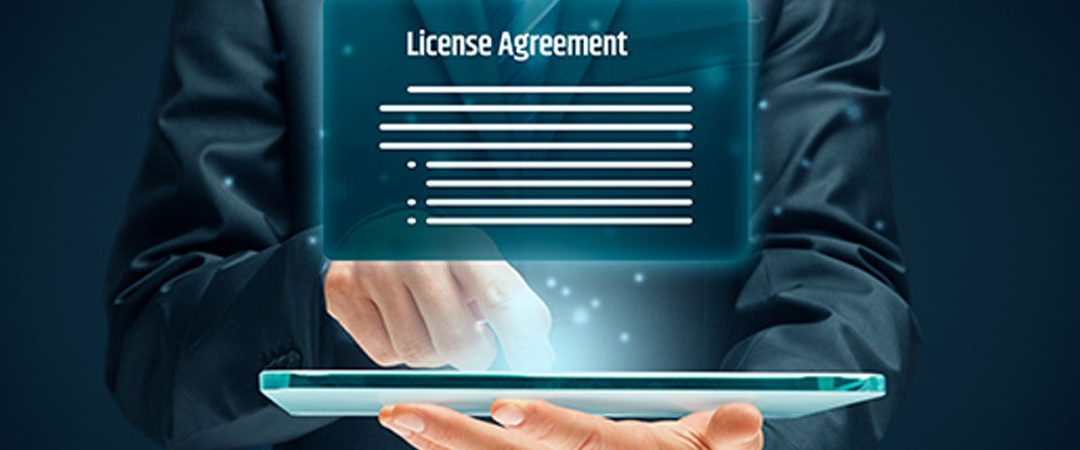What classes as license proof differs depending on how the license was purchased and sometimes the publisher itself. Volume licensing is usually the easiest way to evidence proof of license as most publishers keep internal records of what licenses their customers own. Licenses from Box copies or FPP (fully packaged products) are harder to utilize as proof, as they require physical evidence.
Volume Licenses
Volume licenses are purchased under a volume license agreement. These are usually only offered by large publishers (Microsoft, Adobe, Autodesk, etc.) and offer a discount not offered to the general public. Publishers who offer these programs will usually also actively conduct audits. And because these publishers conduct audits, they keep records of customer purchases. The easiest way to confirm your license purchase is to review the licensing statement provided by the publisher. If you believe that you own licenses not included on your licensing statement, there are three things you can use to find them:
- Agreement Number which the license was purchased under
- The organization name which purchased the license, this can sometimes be the name of a subsidiary
- Official license transfer documentation
Things which are not classed as proof of license are:
- Serial numbers – Volume licenses can only be sold by authorized resellers so having a serial number doesn’t prove that you have the licenses through official channels.
- Invoices by themselves – Invoices do not always have the necessary information regarding license type or purchasing agreement. In addition, the licenses could since have been transferred or a credit note have been issued. They are however very helpful for finding out the required information as detailed above.
License Continuity
Another important thing to consider is maintenance continuity. You may be able to prove that you have purchased maintenance or a license upgrade. However, you will also have to prove that you purchased the original license which these are based on. This can sometimes go back decades and be incredibly hard to evidence.
Box Copy (FPP)
As boxed licenses are more frequently subject to fraud, they carry more requirements for proof of license. Usually these are not aimed at organizations but individual use and the licensing rules on for some publishers will differ from volume licenses. To prove that you have a box copy you will need all the following:
- The actual packaging the licenses were sold in (these usually have a hologram or a code which can be used to verify authenticity)
- Certificate of Authenticity (CoA) – this is sometimes the hologram or code on the box
- Serial number and media – there is no way to install the software without this
What is not classed as proof of purchase is:
- The serial number alone
- Media without packaging
- Invoice – the license dies with the CoA
It is unusual that box copy products are ever used in audits as it isn’t practical for organizations to keep all this information and to be able to catalogue and evidence such entitlement. In addition, it often represents such a small proportion of the estate it may not be worth cataloguing. However, the recommendation on FPP is to store all packaging, CoAs, and media within a fireproof safe on-premises to ensure entitlement is valid.

